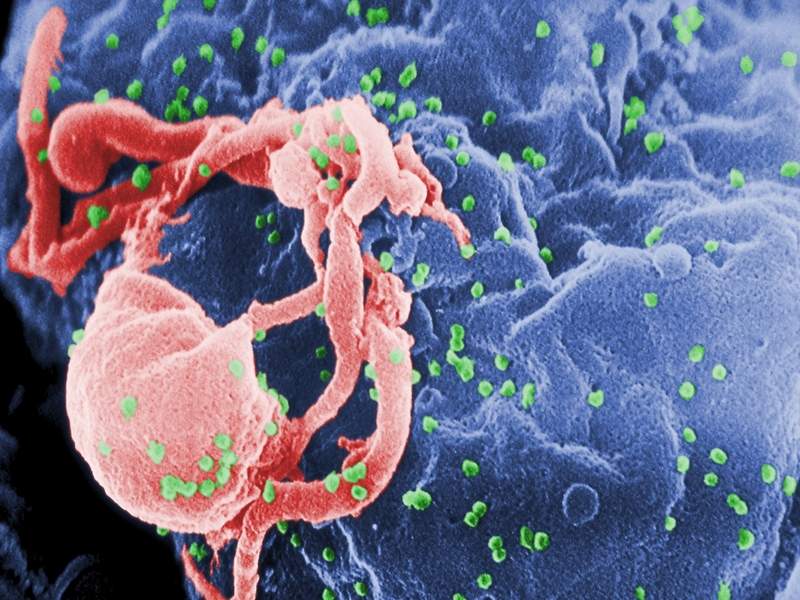

US-based Mylan's Canadian subsidiary Mylan Pharmaceuticals has launched three generic anti-retroviral (ARV) medicines for the treatment of HIV for certain patients in Canada.
The company has received final approval from Health Canada for the three products.
The treatments include emtricitabine / tenofovir disoproxil fumarate at 200mg / 300mg, which is a generic alternative to truvada; efavirenz / emtricitabine / tenofovir disoproxil fumarate at 600mg, 200mg and 300mg, a generic alternative to Atripla; and tenofovir disoproxil at 300mg, a generic alternative to Viread.
Mylan chief commercial officer Tony Mauro said: “Mylan has a strong and sustained commitment to expanding access to treatment for HIV / AIDS and other diseases around the world, and today marks another milestone in those efforts.
“More than 40% of people worldwide being treated for HIV / AIDS with an anti-retroviral depend on a Mylan product every day, and we're proud to further expand access to such medicines in Canada.”
Mylan has invested $250m in extending its ARV manufacturing capacity to date, thereby allowing the company four billion ARV tablets and capsules each year.
Mylan-emtricitabine / tenofovir disoproxil fumarate at 200mg / 300mg has been indicated in combination with other ARV agents for the treatment of adult patients with HIV-1 infection.
Mylan-efavirenz / emtricitabine / tenofovir disoproxil fumarate at 600mg, 200mg, and 300mg can be used alone as a complete regimen or in combination with other ARV agents for the treatment of HIV-1 infection in adults.
Mylan-tenofovir disoproxil at 300mg can be used in combination with other ARV agents to treat HIV-1 infection in patients aged 12 and older, in addition to the treatment of chronic hepatitis B infection in adults.
Image: Scanning electron micrograph of HIV-1 budding (in green) from cultured lymphocyte. Photo: courtesy of C. Goldsmith.



